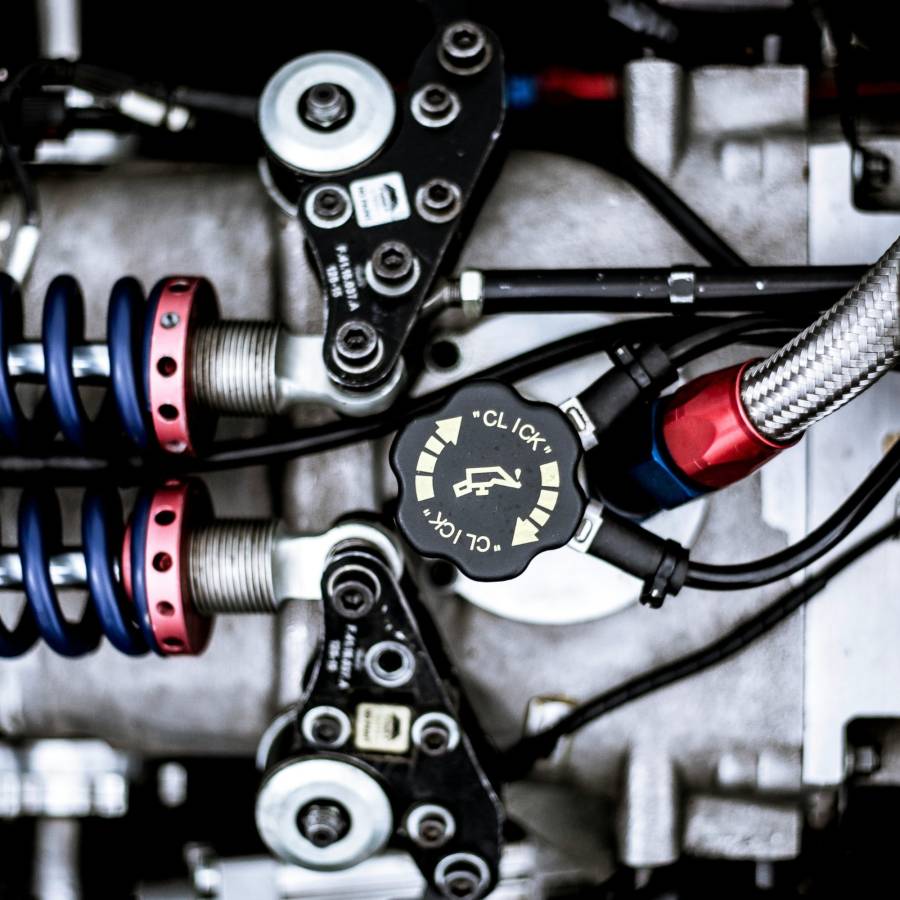Hello and welcome to the Stemettes Zine Motorsport Series! Every fortnight, I’ll discuss the latest events and STEM advancements in motorsport to give you an insight into the industry. So, let’s get started!
Papaya Progress – F1
The Dutch Grand Prix marked the return of F1 from the two-week summer break and the return to Max Verstappen’s home circuit. But it wasn’t the Dutchman who claimed the headlines this week.
The papaya shade of orange dominated the track, with McLaren’s Lando Norris clawing out a 23-second lead. After losing out at the start from pole, and experiencing excessive wheel spin in the second launch stage, Verstappen pulled out of the DRS threat relatively quickly. But as the race progressed, McLaren’s pace became an increasing threat to the Red Bull. After overtaking the reigning champion, Lando was fully in control.
Being ahead of Max allowed Lando to race in ‘clean or free air’, meaning with no cars ahead of him on track, he wasn’t racing in dirty, turbulent air. The air being better conditioned allows the air surfaces of the car to perform more as expected, further increasing performance.
It means McLaren now stands only 34 points behind Red Bull in the constructor’s championship, and with Lando and Oscar scoring consistently, it could be a tight battle.
Aero Above All Else – F1
2026 brings a big change in F1 cars, most notably due to the powertrain regulations, but that’s not the only area changing.
The main feature teams will have to be wary of is flexibility. During the high loads experienced running as fast as an F1 car does, the force of the air in drag and downforce can cause components to deform. Article 3.2.2 of the F1 technical regulations limits which parts, such as the front wing, are adjustable, with the others rigidly fixed relative to their defined frame of reference.
The floor has extensive regulations regarding geometries allowed. From different views, it must fully cover other sub-systems of the car, being composed of two areas, the floor body, and the floor foot. All parts of the floor must lie within set fillets, radi, planes, and distances, meaning teams will have to pay high attention to their CAD models to ensure all parts meet the legal requirements.
The floor doesn’t just provide surfaces to generate downforce and enhance ground effect – it must also support the plank. The plank must be mounted so that no air can pass between it and the lower bib and body surfaces of the floor. Teams will typically try and get the car to run as close to the floor as possible, as the lower area speeds up the air (Bernoulli’s principle) allowing for better generation of ground effect. The risk this poses is due to wear on the plank, as it must be thicker than 9mm, an area where drivers are often seen disqualified for, following scrutineering.
Other aero regulations are very specific, such as the side pods which must not contain radi of no less than 50mm convex, or 100mm concave. Areas such as the engine cover are a balance of packing, getting the bodywork as close to the engine as possible to in effect make the car smaller while maintaining adequate cooling.
Soft Suspension – Rally
The FIA European Rally Championship made its return to Great Britain for the first time in 5 years, but what makes a rally car so unique?
Rally sees cars tackling some of the toughest conditions in the world, through deserts, frozen forests, and twisting roads. Handling is key. Allowing the driver to confidently drive the car as fast as possible around the long, and tough courses makes a massive difference in overall performance.
To achieve the optimal balance of the car, a competitive suspension system is a must, suspension being the shock absorbers and springs that work to absorb forces and maintain a constant ride height for a car. This reduces the impact of bumps on the car. To be specific, it controls the car’s vertical movement between bump and droop.
To suit the driver and the track, the stiffness of the dampers can be altered, to control how much force is absorbed, and how weight distribution changes during braking, accelerating, and turning events. A softer setting is more suited to high-frequency vibrations that are commonly experienced on gravel roads.
Suspension not only improves the vehicle handling and weight balance, but by reducing vibrations, it reduces component wear, and driver fatigue. Hence teams will often strive to have the suspension be as soft as possible, while still performing its function.
Complex Karts – Karting
Most drivers racing in single-seater categories will have started their career in a kart. It’s the main pathway into formula-based motorsport and is a common sport across the UK and Europe.
Karts can be divided into a few categories: sprint, oval and enduro. Karts often use a 2 or 4-cylinder ICE (internal combustion engine), and a rigid frame, making them compact with a high power-to-weight ratio. The rear wheel drive allows them to reach up to 80mph, or 30bhp. Making use of a roughly square, 1:1 wheelbase to track width ratio, gives them sturdy, and predictable balance and handling, ideal for those starting in their motorsport careers. Oval karts, as the name suggests, are tailored to oval circuits, and modified for tighter turns.
Rather than adding a complex and heavy suspension system to the karts, the chassis is designed to be flexible enough to be a suitable substitute. And while most karts are petrol-powered, more and more electric motor-based alternatives are entering the market.
So while people may assume karts to be simple, there is a lot of fine-tuning that goes into perfecting every system present on the vehicle.
That’s this fortnight’s round-up of STEM in motorsport. Check the next Zine issue for further insight into the motorsport industry.





